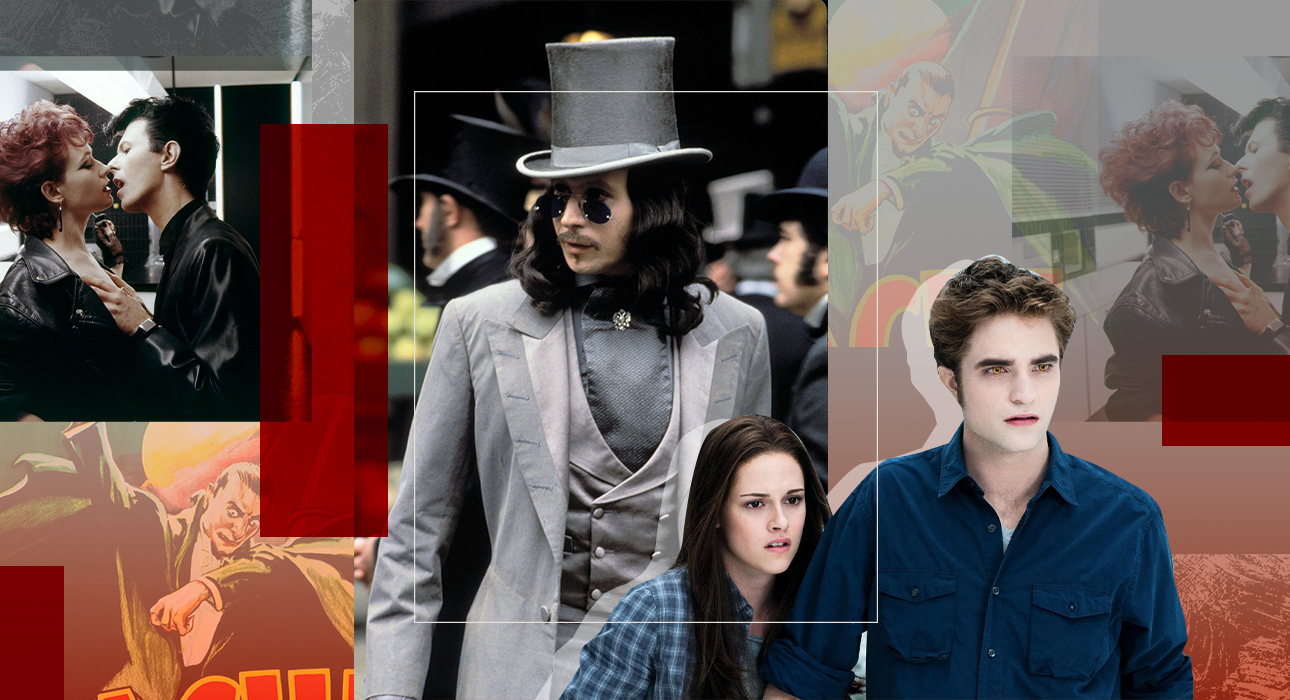When it comes to vampires, who comes to your mind first? Count Dracula in a black cloak with frighteningly pale skin, or Edward Cullen in striking black jeans and a gray T-shirt? Or perhaps you think of Salma Hayek, the charismatic heroine in the movie “From Dusk Until Dawn”?
Everyone’s associations are different. And all because representatives of the film industry have been experimenting with the image of the mysterious vampire for almost 100 years. Some of them deliberately emphasize their bad insides and place them in the category of negative characters, others, on the contrary, do everything possible to make the audience sympathize with the hero (hello Stefan Salvatore).
Today we decided to dive into the world of vampires (read: feel like Bella Swan or Elena Gilbert) and analyze how the image of the bloodsucker has changed not only in cinema but also in pop culture. The reason for this is quite convenient, by the way. Today, May 17, actress Nikki Reed, who played Rosalie in Twilight and married The Vampire Diaries’ Ian Somerhalder, turns 36.
1922
-
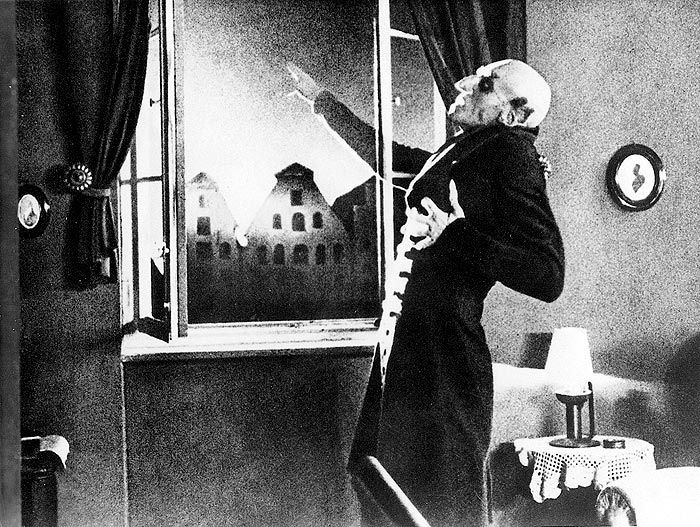
“Nosferatu. “Symphony of Fear” -

“Nosferatu. “Symphony of Fear”
The vampire first appeared on the big screen at the beginning of the 20th century as Count Orlok in the 1922 cult silent horror film Nosferatu. “Symphony of Terror”, based on Bram Stoker’s novel “Dracula”.
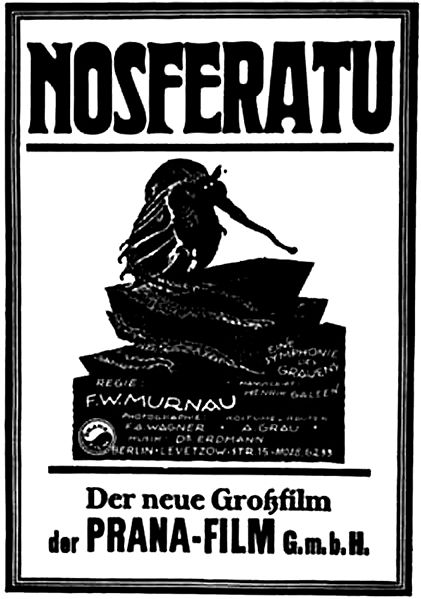
The vampire of that time is a disgusting, terrifying thing that instills literally paralyzing fear in the viewer. In the images it is always completely black – black trousers, frock coat, patent leather shoes, but in appearance Count Orlok resembles not a person, but an animal with pointed ears and long nails.
1931
The classic image of the vampire – pale, with black slicked hair and a piercing cold gaze – appeared in 1931 after the release of the film “Dracula”, in which the main role was played by Hungarian actor Bela Lugosi.
-
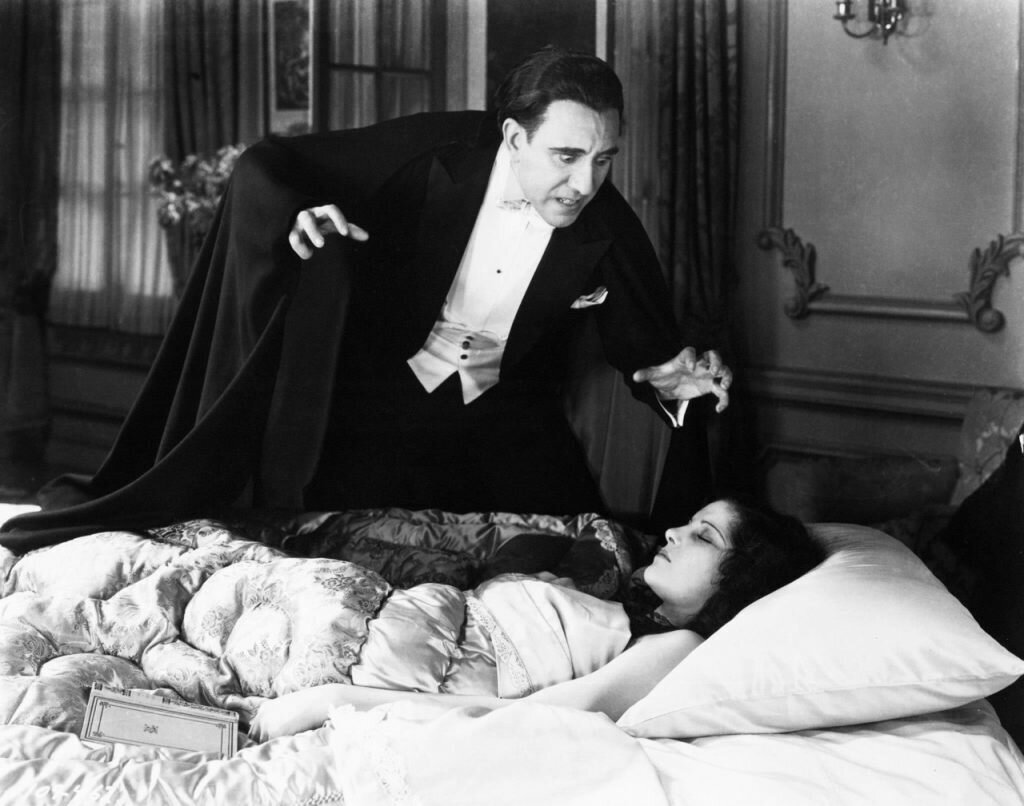
A frame from the movie “Dracula” -
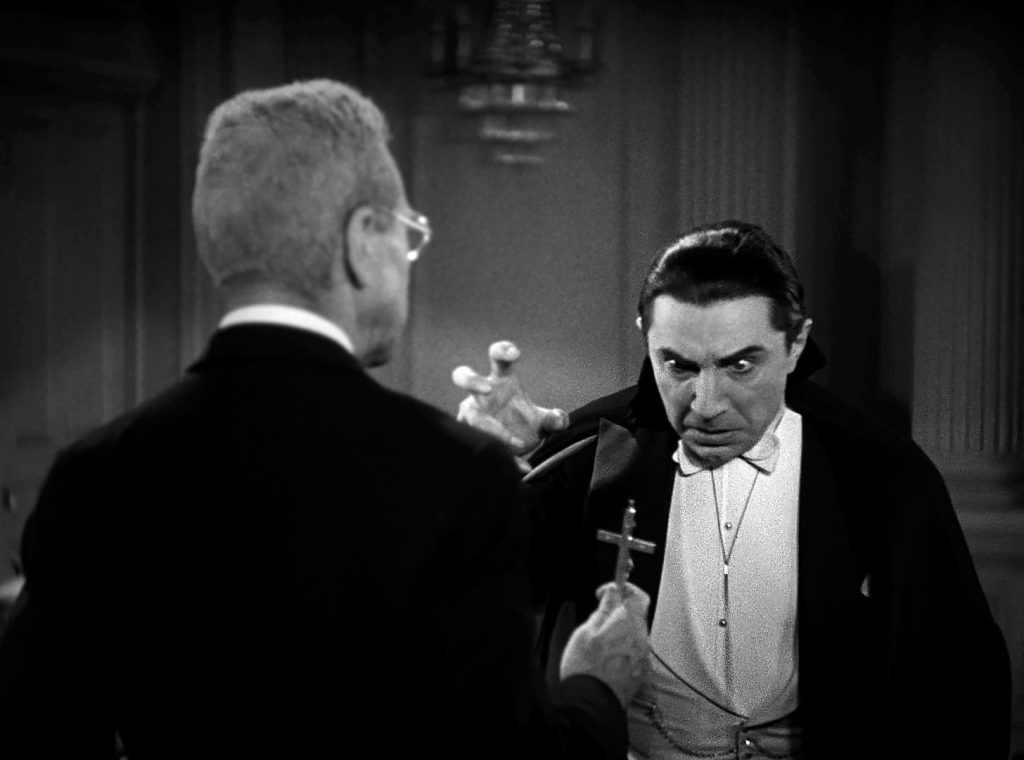
A frame from the movie “Dracula”
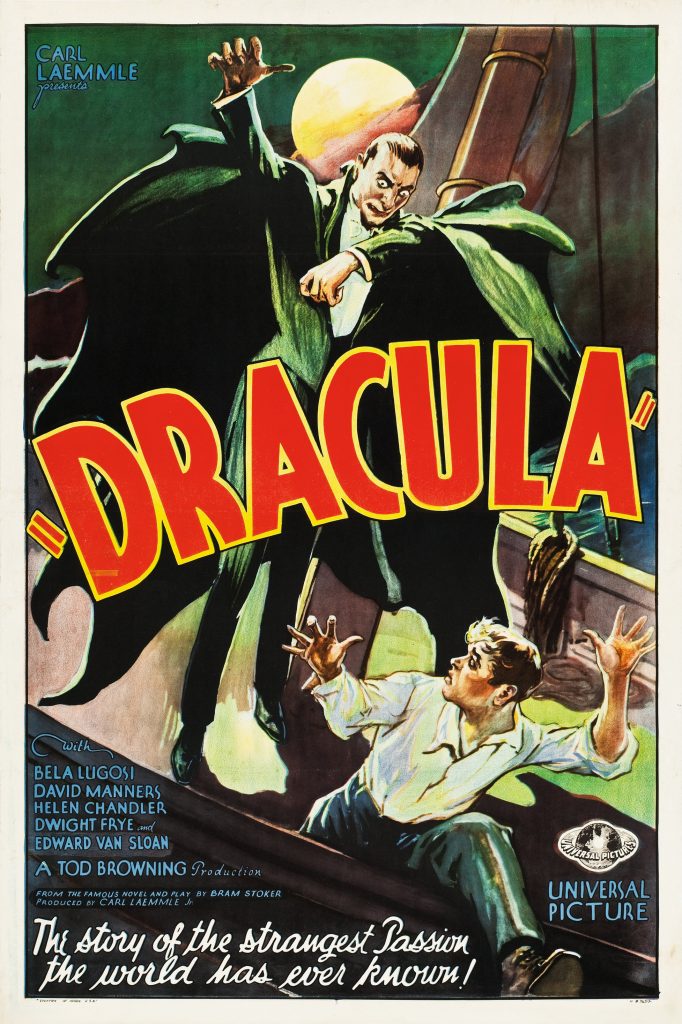
There’s no more all black in this movie; The costume designers decided on a classic frock coat and a shirt with a tightly starched front. At that time, the pathetic image of the immortal count in a black cloak with red lining became widespread in popular culture. By the way, they say that the actor himself got so used to this role that after filming he slept in the coffin.
1958
-
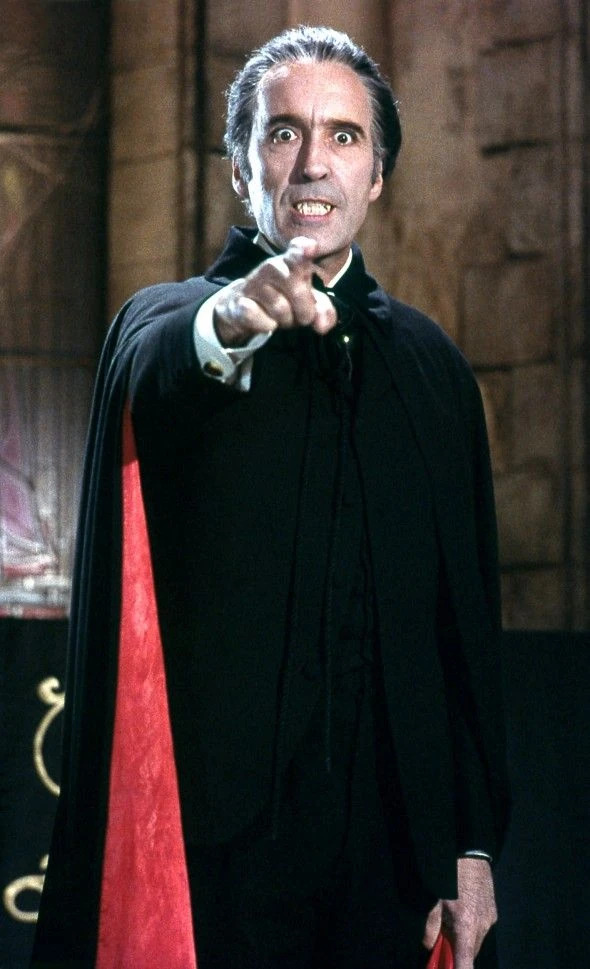
A frame from the movie “Dracula” -
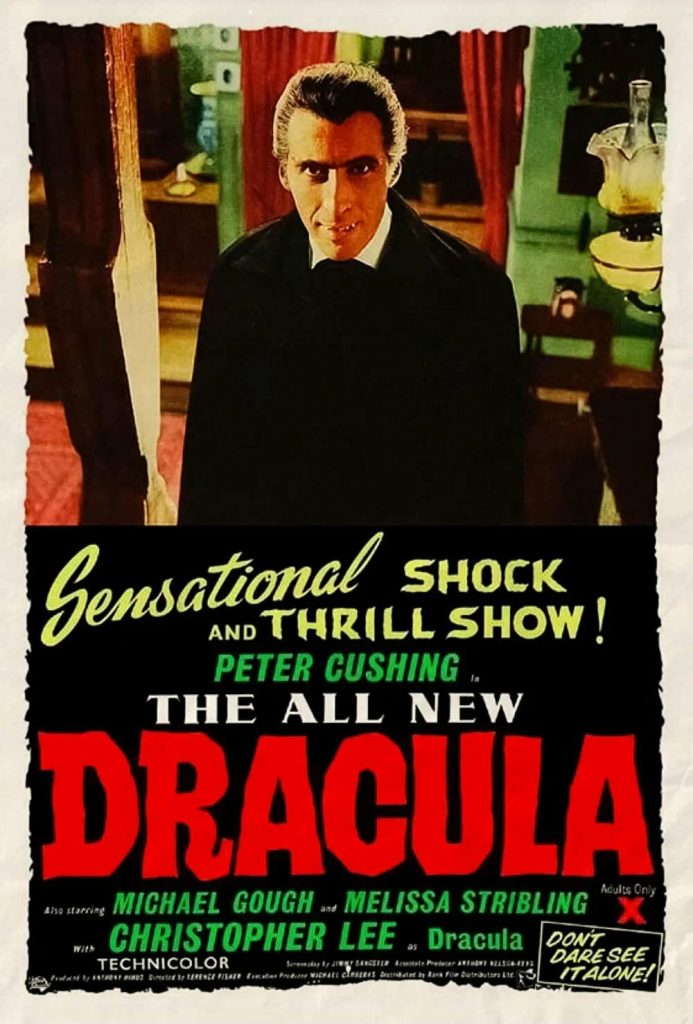
A frame from the movie “Dracula”
In 1958, another film adaptation of Bram Stoker’s novel “Dracula” was released, written by British director Terence Fisher. This time, Christopher Lee played the lead role. And although Dracula’s external appearance has not changed, his internal features have been greatly enriched. In this picture, the demonic principle was harmoniously intertwined with the refined manners of the aristocrat, and there was also a hint of the seductive nature of a vampire, which was subsequently used by almost all directors.
1983
Don’t think that the film industry from the late 1950s to the early 1980s shied away from vampire themes. In 1960, the movie “Brides of Dracula” was released, in 1970, the movie “Taste of Dracula’s Blood” premiered in 1976, everyone was discussing the works of the horror master George A. Romero “Martin”. However, none of these films can be called revolutionary in terms of the images of the characters. The situation changes only in 1983, when Tony Scott’s film “Hunger” is released.
-
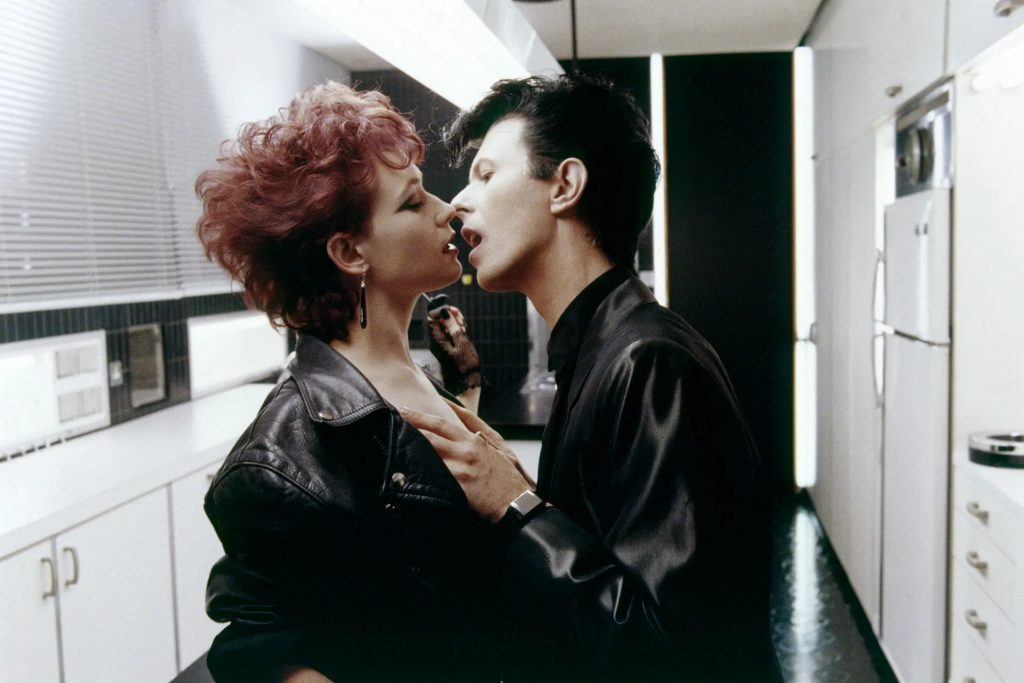
A frame from the movie “Hunger” -
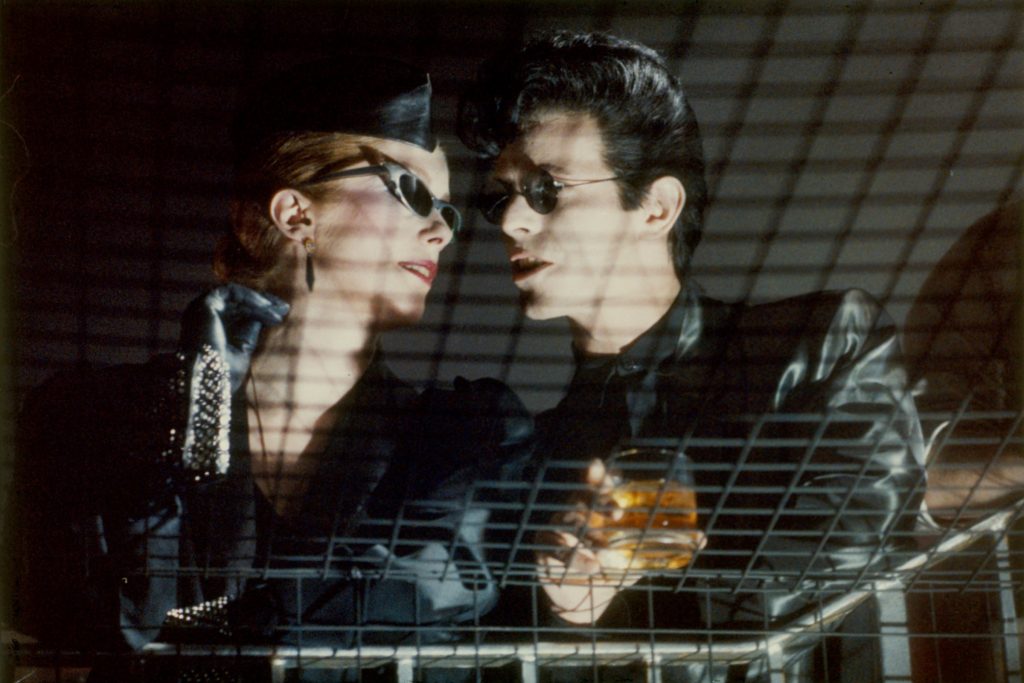
A frame from the movie “Hunger”
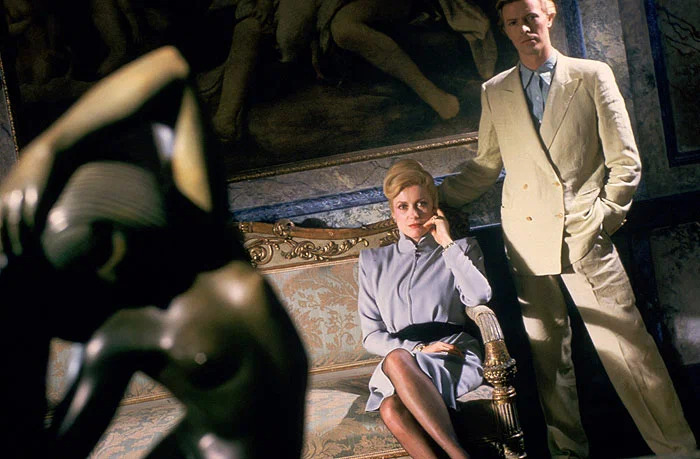
The action takes place in the modern world and the vampires are an ordinary couple (almost). They live in New York and teach classical music. And in their free time from work, they feed on blood. The main roles in the film were played by Catherine Deneuve and David Bowie, so it is not surprising that the images of their characters echo their own. The immortal vampire wears classic suits, polka-dot blouses (which were in fashion in the 1980s) and formal skirts, but her lover wears a leather jacket, round-rimmed glasses and a double-breasted jacket. I agree, is everything the same with people?
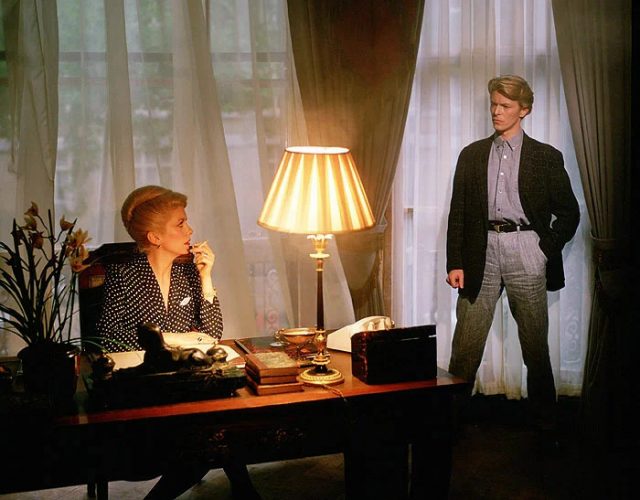
1992
The 90s and 2000s are two of the most interesting decades for vampire themes. It was then that the so-called split of the genre took place. Some have completely rethought the dark aesthetic in a modern way, while others have chosen to work on the classic image of the villain. The second category includes Francis Ford Coppola and his 1992 film Dracula. The role of the charismatic vampire was played by Gary Oldman.
-
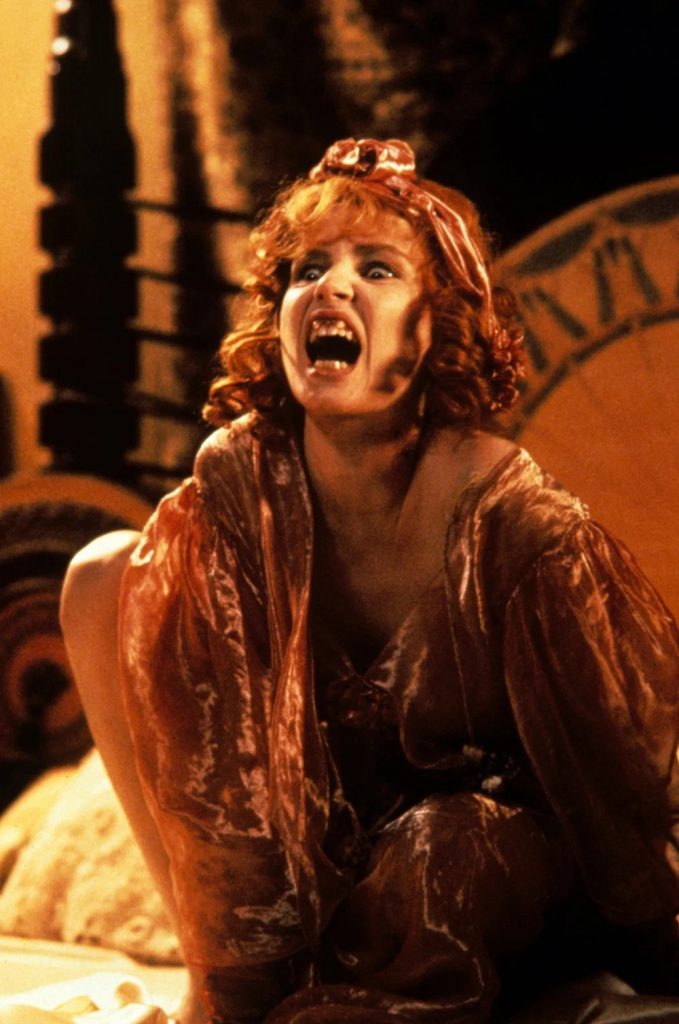
A frame from the movie “Dracula” -
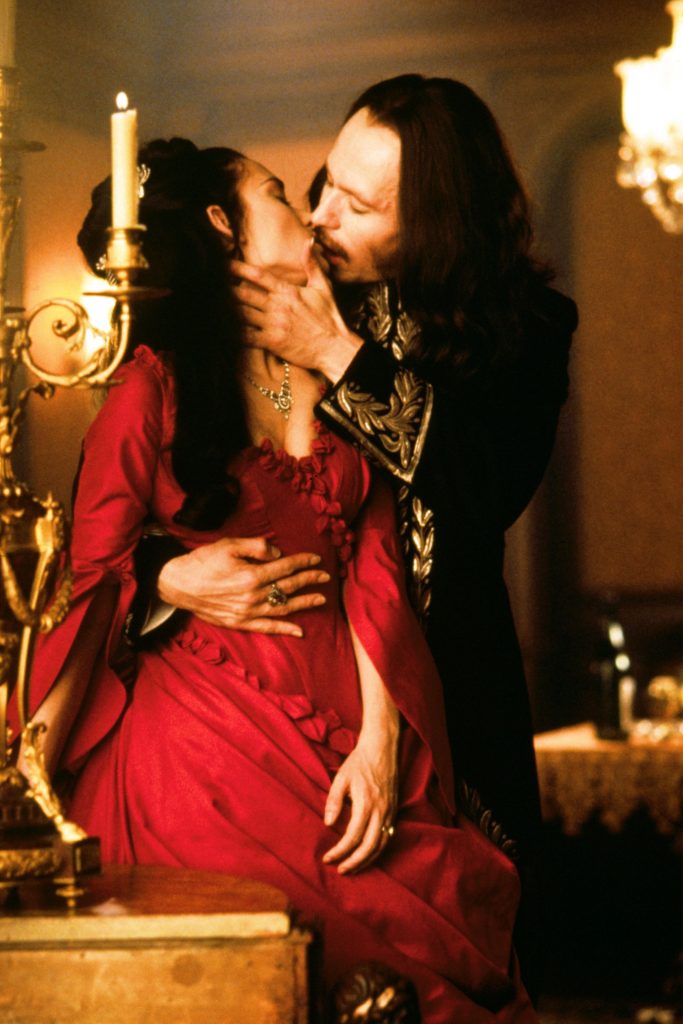
A frame from the movie “Dracula”
By the way, the director believed that the costumes in this film should carry great meaning and impress the viewer, and secret messages should be “sewn” into the images of the characters. Therefore, he invited the Japanese designer Eiko Ishioka, who fully shared his approach, to work on the painting. Coppola even decided to forgo special effects in the film in order to increase the budget for the costume department.
-
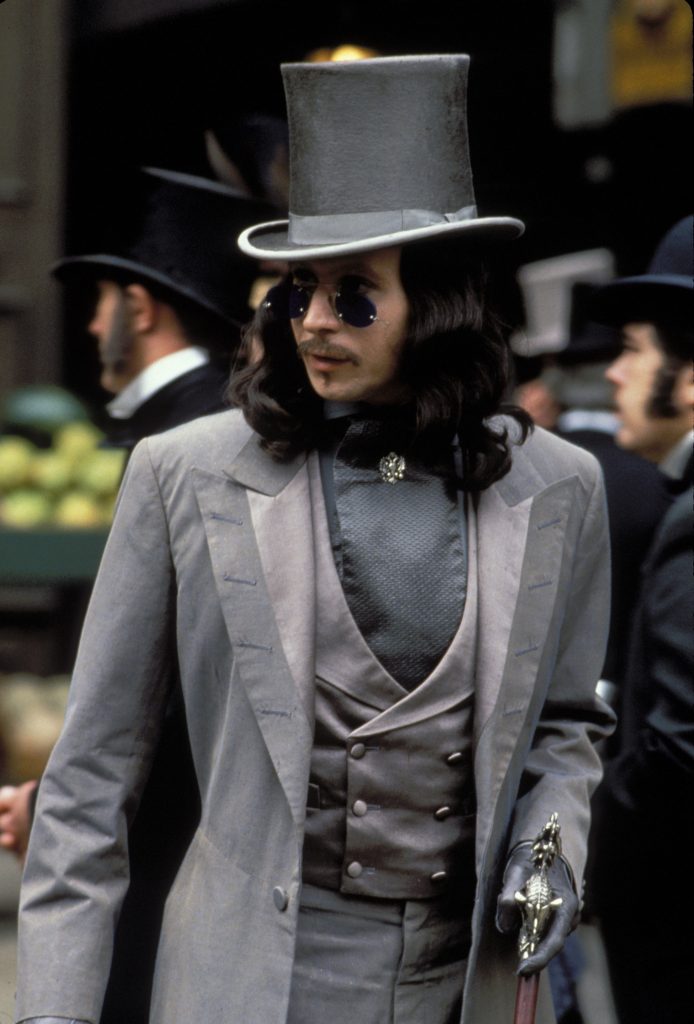
A frame from the movie “Dracula” -
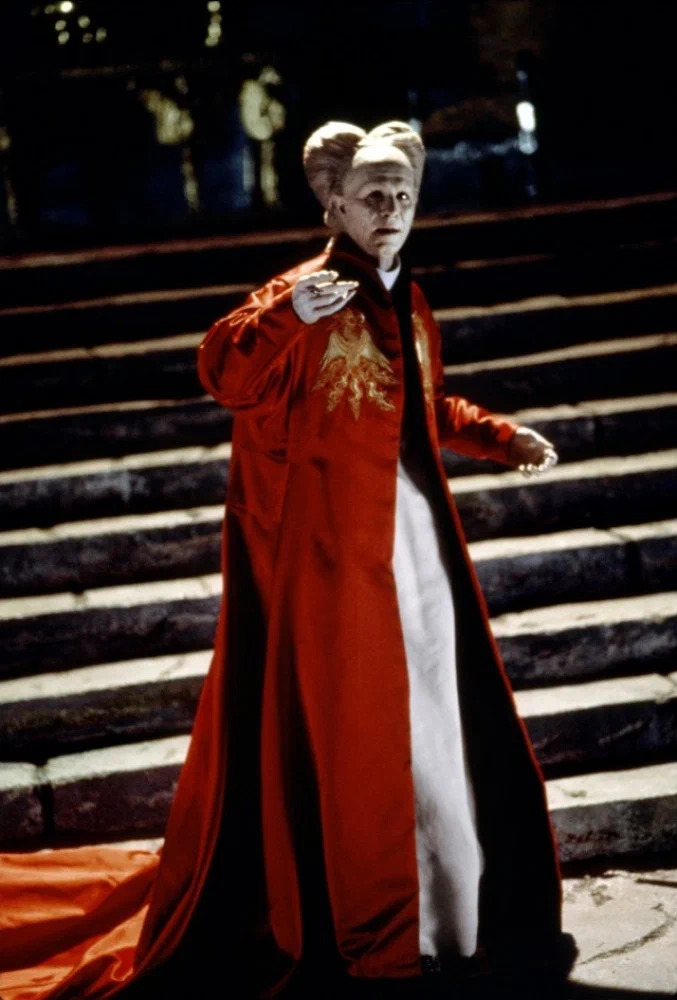
A frame from the movie “Dracula”
As a result, we saw on the big screen that the costumes were crafted down to the smallest detail. For example, when a reformed Dracula arrives in London, he is dressed in the latest Victorian fashion. He wears a light gray suit made of fine wool, a top hat, a brooch in the shape of a double-headed eagle and, of course, blue glasses. But we see Gary Oldman’s character completely different in the castle. Francis Ford Coppola wanted to move away from the traditional black-tailed vampire image, so Eiko Ishioka created a red dress with an exaggeratedly long train that somewhat resembled a wave of blood. It’s no surprise that the costume designer won an Oscar for this work.
2008
-
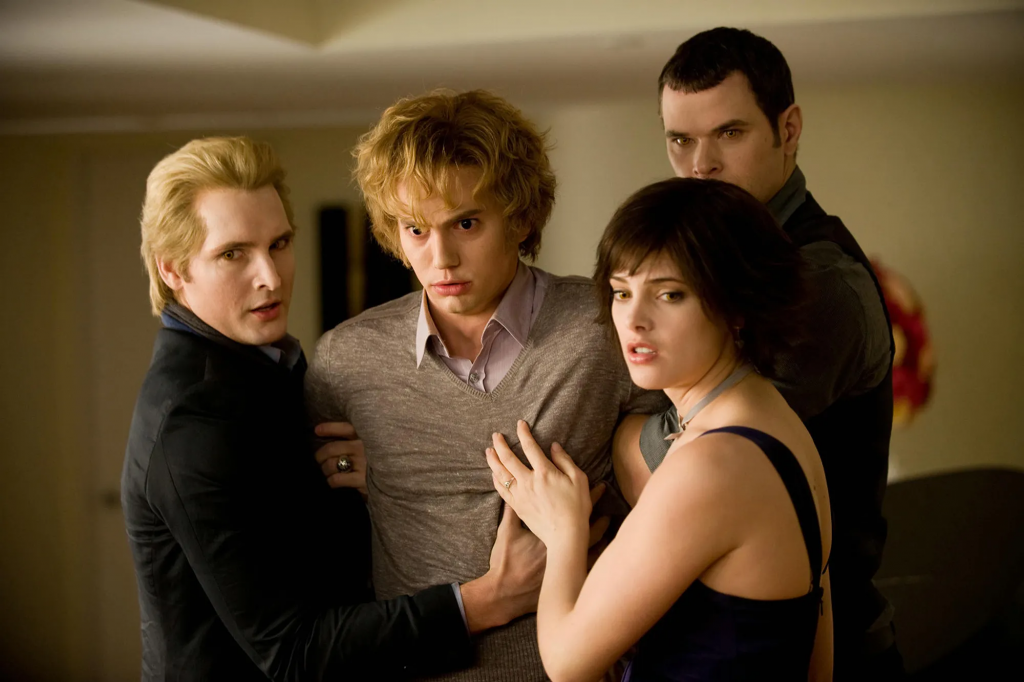
A still from the movie “Twilight” -
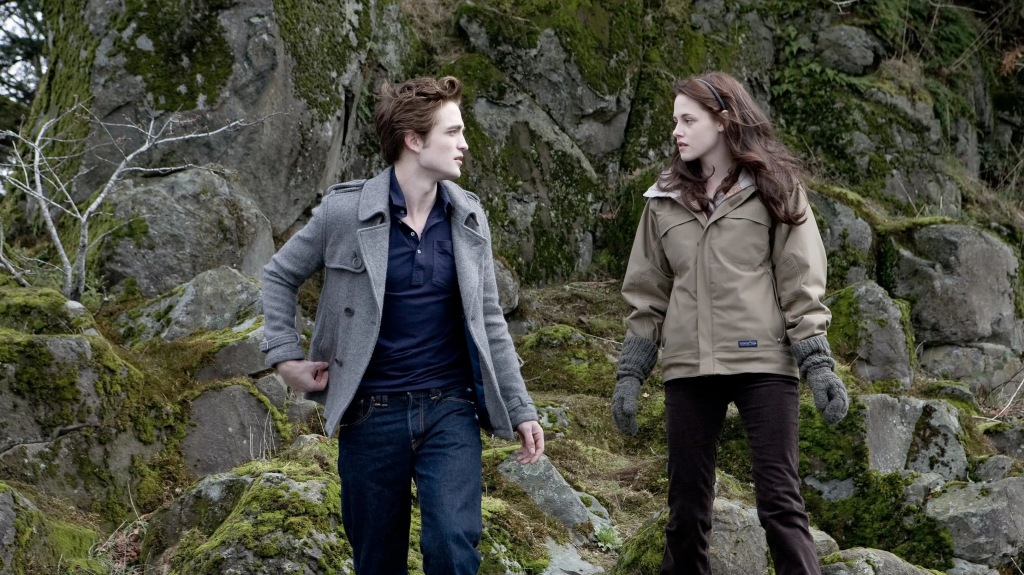
A still from the movie “Twilight”
With the release of the first part of the movie Twilight in 2008, all ideas about vampires were turned upside down. In the famous saga, vampires live in a luxurious penthouse with panoramic windows, drive Volvo cars and dress like ordinary people. But most importantly, they are vegetarian.
-
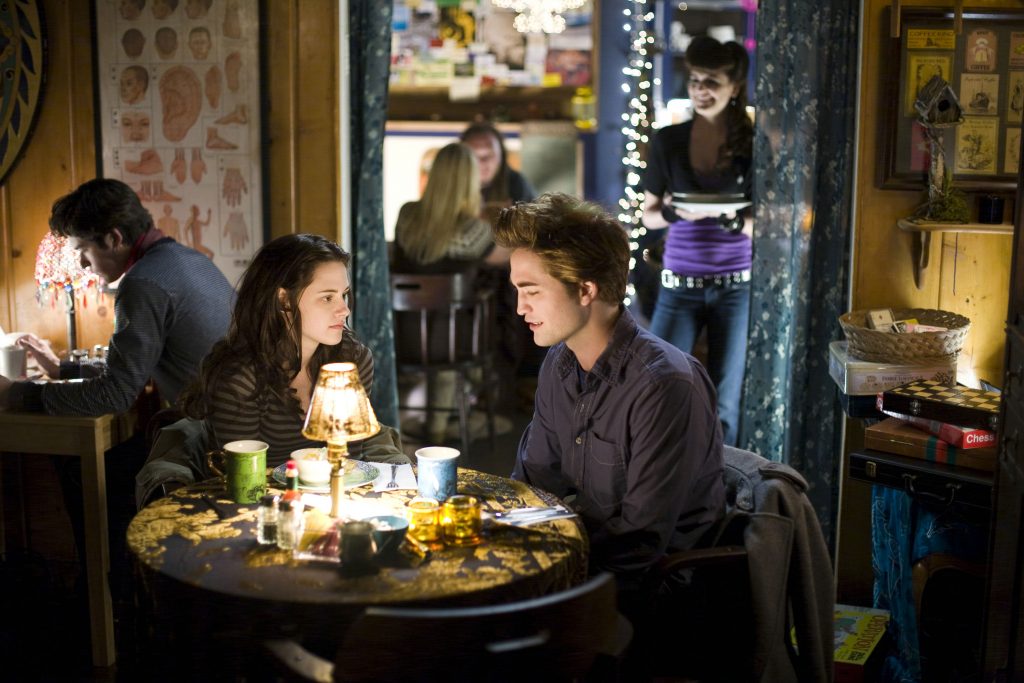
A still from the movie “Twilight” -
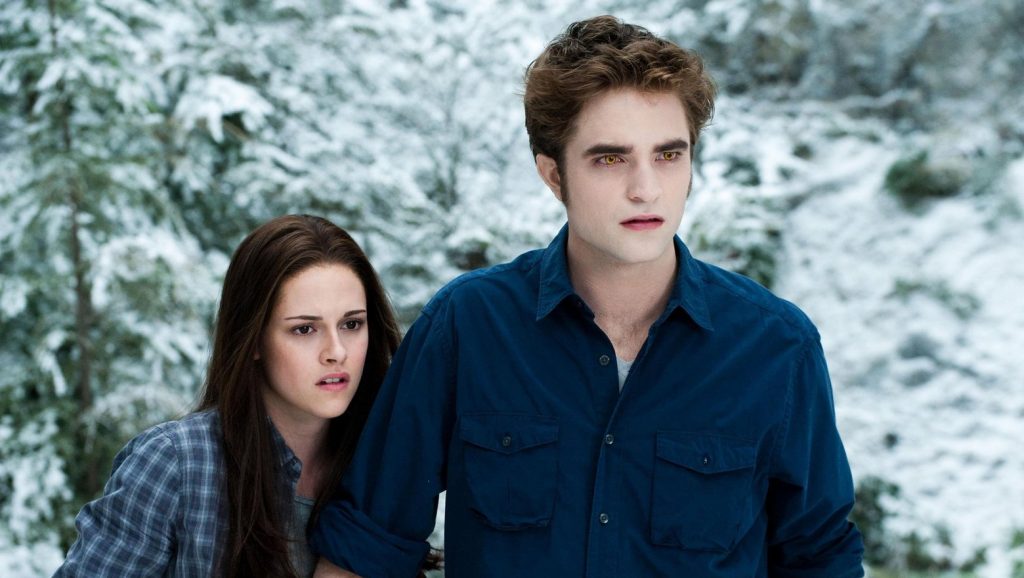
A still from the movie “Twilight”
The plot of the film gradually reveals the life story of each member of the Cullen family and makes the audience sympathize. The desire to be the same as everyone else is especially evident in the style of the main characters. The costume designer deliberately emphasizes neither bright colors nor dark tones. Unlike canonical vampires, they do not wear all black, but their wardrobes have genre-neutral things that do not distinguish them from other average families.
It turns out that for over 100 years in cinema, vampires have gone through a complete cycle of transformation, both internal and external. They no longer appear to the viewer as emotionless monsters who originally appeared only in horror movies. With Coppola’s “Dracula”, a new era of vampireism began in cinema, the audience saw them from a different angle. We show that they, too, are searching for love, needing a soulmate, trying to find their way in the human world, and persistently resisting their own demonic nature, fighting it day and night in the hope of overcoming their bloodlust. nature. And the style of the main characters also plays an important role in this normalization.
Source: People Talk
Elizabeth Cabrera is an author and journalist who writes for The Fashion Vibes. With a talent for staying up-to-date on the latest news and trends, Elizabeth is dedicated to delivering informative and engaging articles that keep readers informed on the latest developments.

